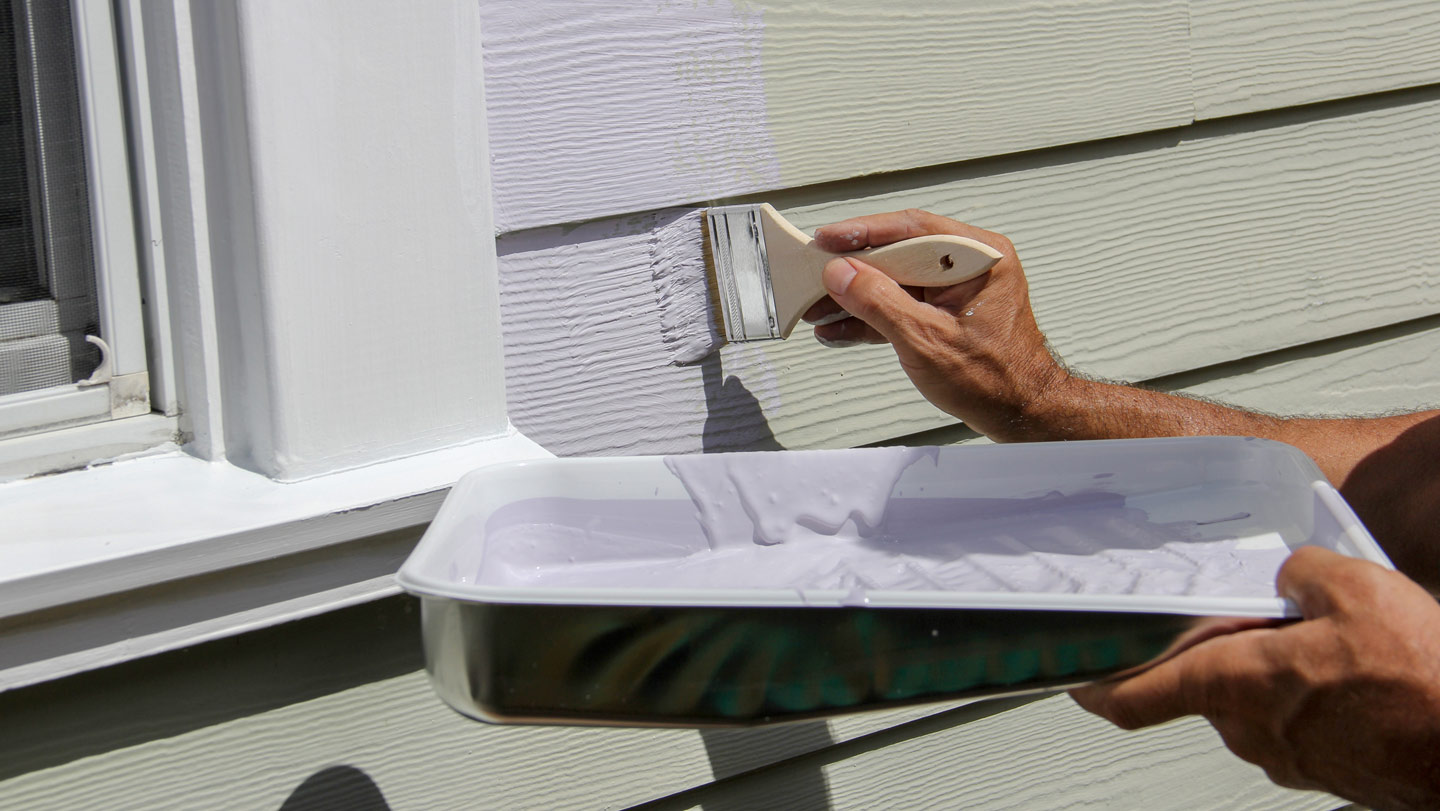Fei et al. designed a cement-based paint that cools both radiatively and through evaporation and that appears to keep buildings relatively cool even in humid environments. Although radiative cooling is effective at reducing temperature, it requires the material to be sky-facing. Designing a paint that also cools through evaporation allows the material to be effective when applied to the sides of the buildings as well.
Tests showed the house covered in the new paint used 30 to 40 percent less electricity for air conditioning than the other houses.
Wow!
Big if true. 😆
Always love lemmynsfw giving us their great post nut clarity takes
Not so big anymore!
I think the “radiative cooling” (article link) and “atmospheric window” (publication link) refers to the gap in the atmosphere’s radiation spectrum. It’s an infrared frequency neither emitted by the air/deep space nor is it absorbed by the atmosphere, so the energy is literally beamed into space - passively. Nighthawkinlight (or hawkinlight?) did a video on it and managed to get some test panels to work, cooling to below ambient air temp both in shade and in direct sunlight. All they need is a clear view of the sky. Durability is still an issue as noted by the abstract and his video. I don’t know what molecule emits on the frequency, but the panels were white. Pretty exciting. I hope we get something useful soon. Makes it look doubly silly to have dark gray shingles on houses here.
Sounds like a mold risk.
I live in South Florida, which has a climate not too different from Singapore. We normally have to scrub down north facing walls and windowsills every years anyway, since the mildew growth is real. it doesn’t really cause any harm though.
Oh no, mold outside.
it also says they tested it for two years in singapore and was still white. i’m guessing if they didn’t get mold in that time it’s probably not an issue.
The invisible mold: “I’m in”
I guess it’s better than… painting your windows with yogurt? 🤔





